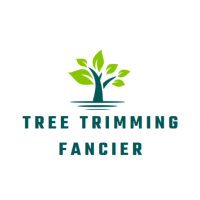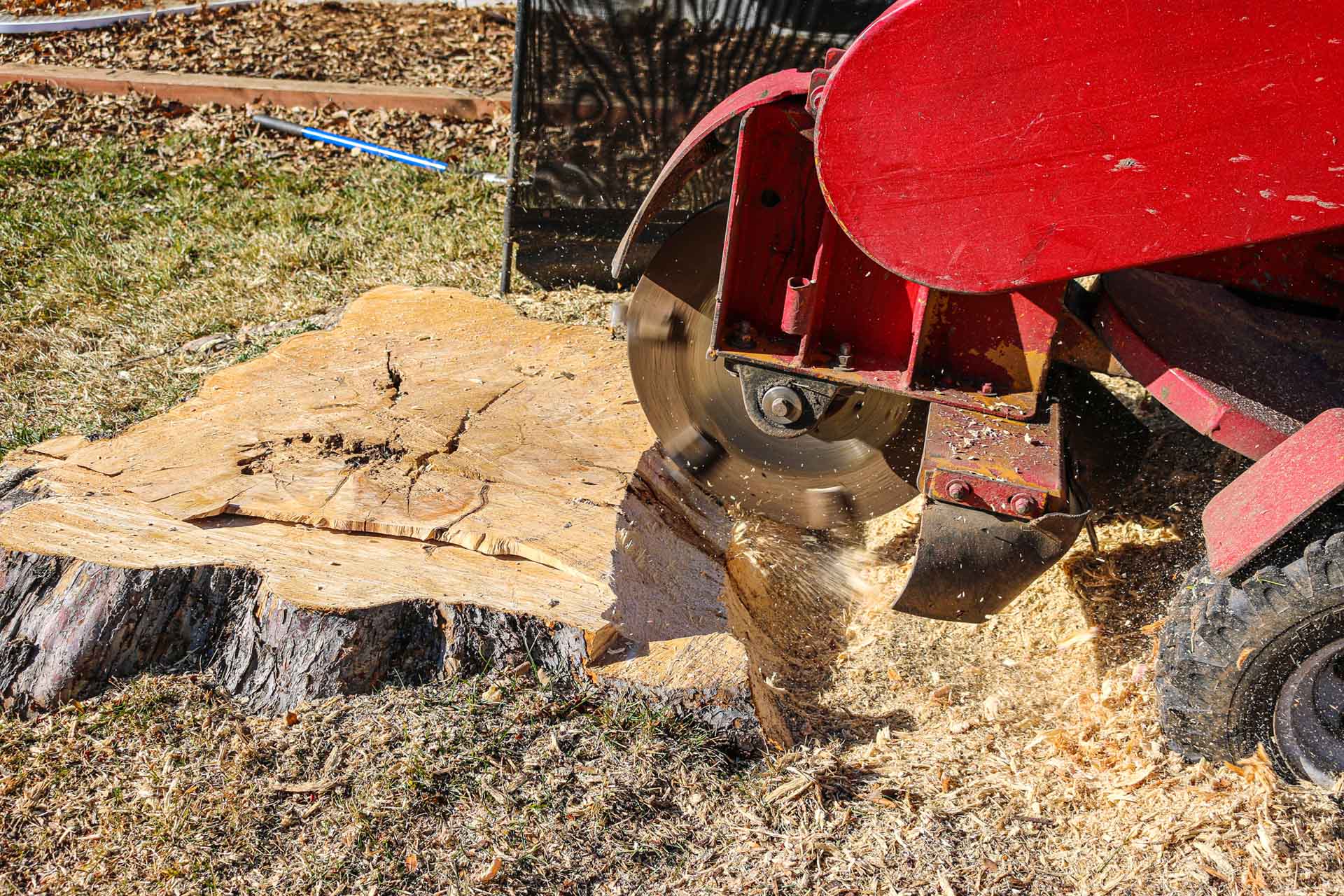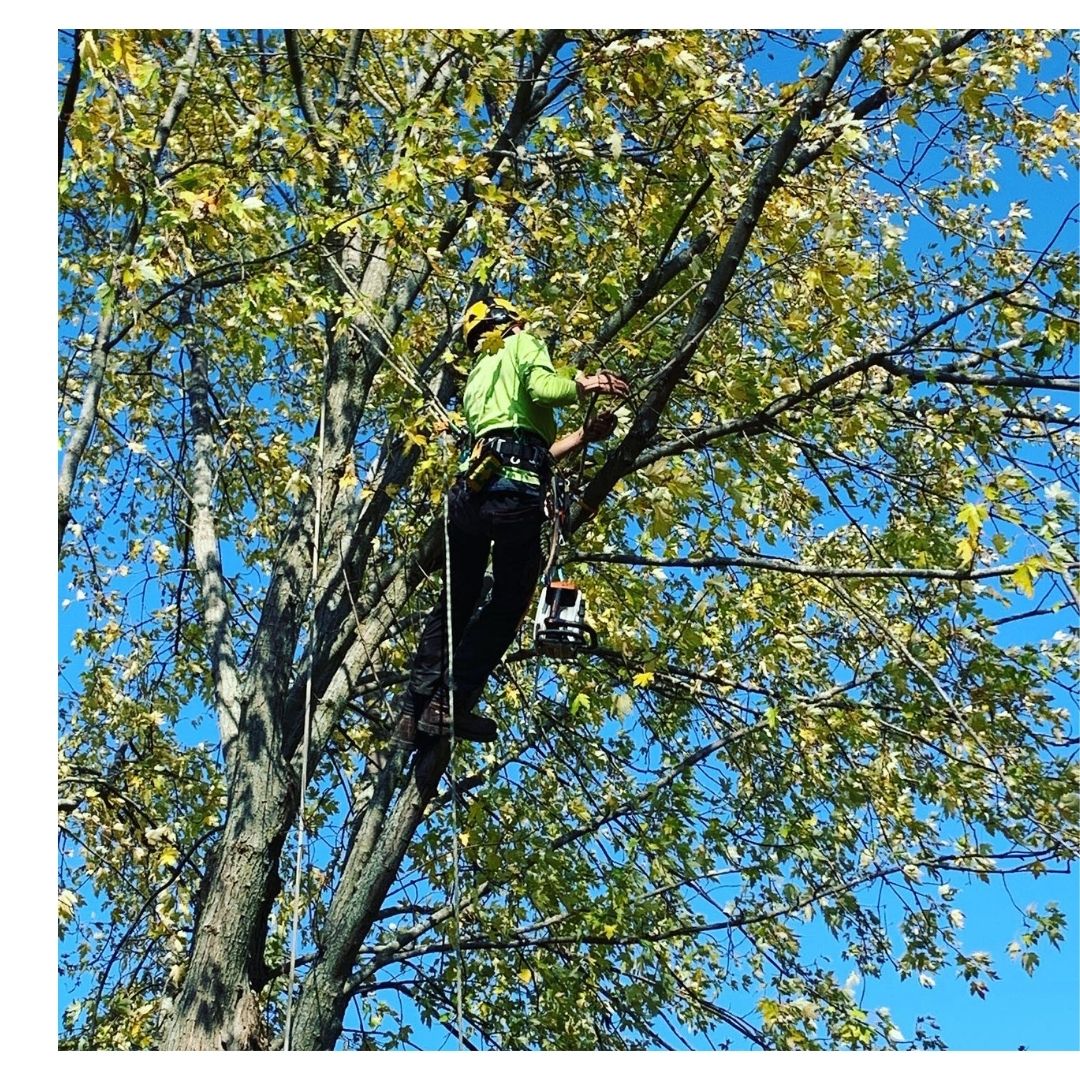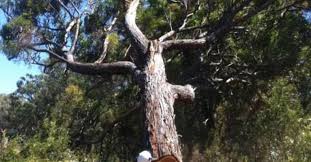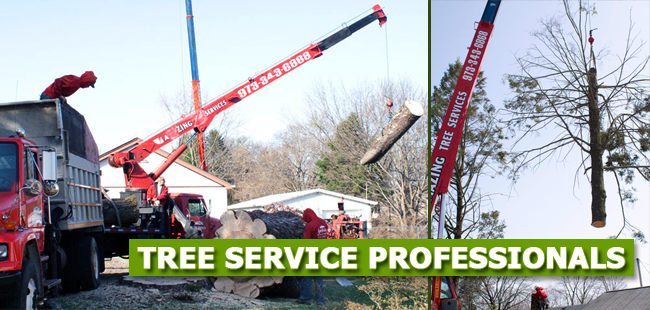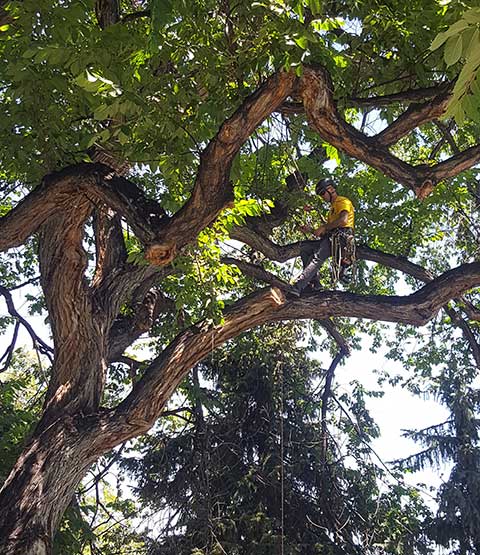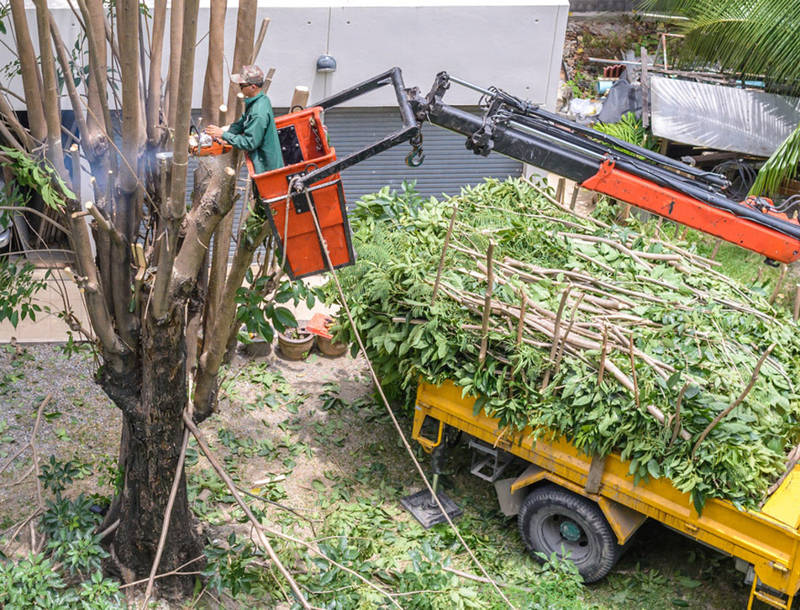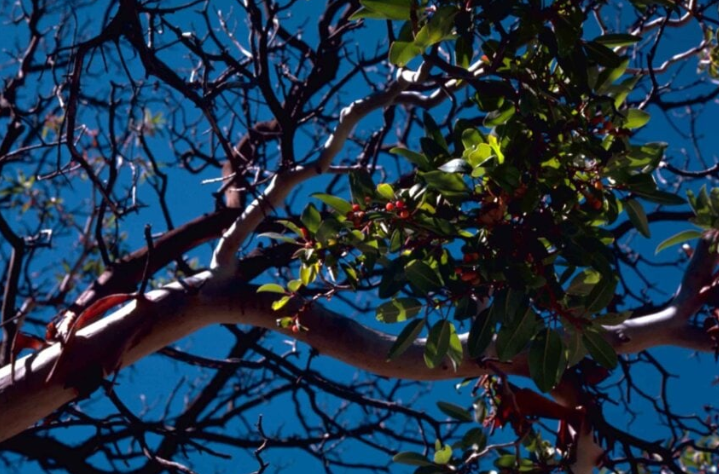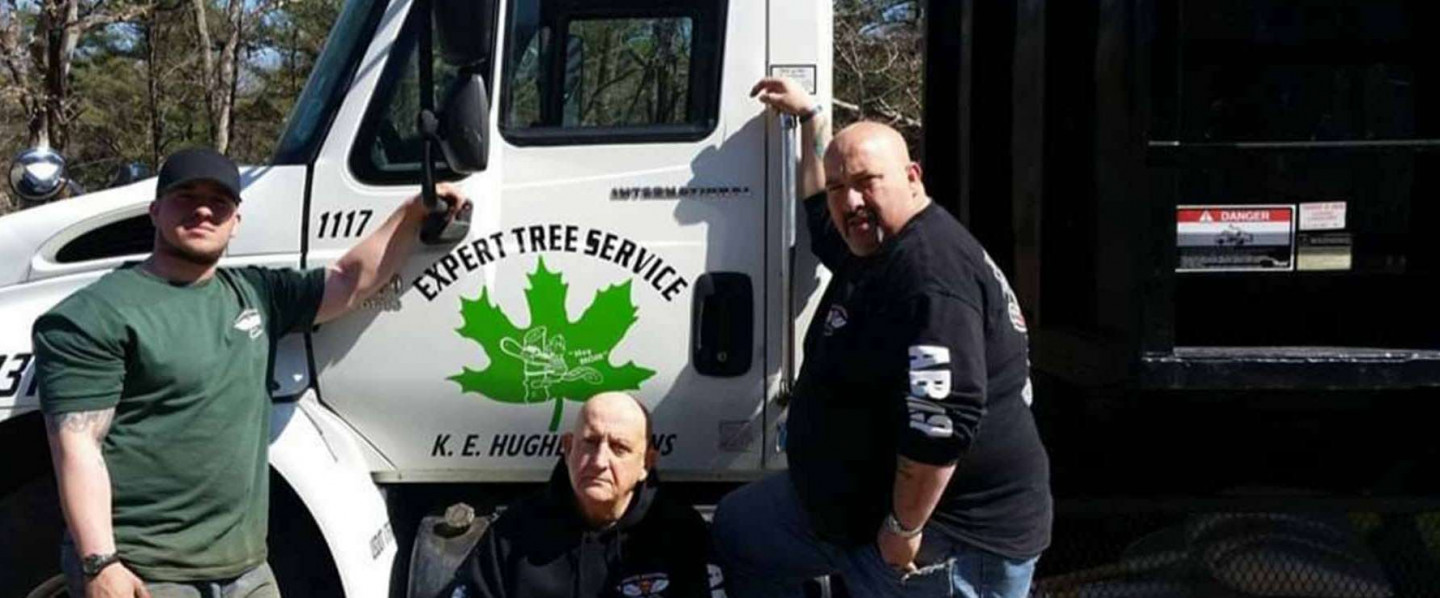[ad_1]
Whenever you need to hire a tree service company for a job, make sure that you choose a reputable one that will do the work at the right price. It’s also important to make sure that you have a list of references for the firm. This will help you to find out how the service was done and if it’s worth paying for. Also, if you don’t have a contractor that you can trust, you can call an emergency tree service to come to your home.
Pruning
Pruning is one of the most important maintenance methods to keep a tree healthy. Not only does it preserve a tree’s health, it also helps promote the growth of the plant.
Proper pruning can give a tree a professional look. It can also help prevent pests and diseases from spreading. In addition, trees with proper pruning can boost fruit production.
Trees should be pruned annually. Generally, summer-flowering trees should be pruned in the winter, while fruit trees should be pruned in the spring.
The purpose of pruning is to encourage the growth of the tree, while removing diseased or dead branches. Also, it can keep the tree safe from falling branches, power lines, and other hazards.
Trimming
Tree trimming is a key part of maintaining a tree’s health. The process includes pruning, removing dead or overgrown branches, and reshaping the tree. It helps preserve the tree’s overall health and shape, and is essential in preventing disease from spreading.
If your tree is encroaching on your property, or is too big for you to handle on your own, you may need to hire a professional for the job. Some trees require additional services such as root pruning or pest spraying.
There are a few factors that determine the cost of trimming. Location, season, and pests can all affect the price. For instance, if the crew has to climb the tree to perform the task, the cost will go up. However, if they can reach the tree from a truck, it will be less expensive.
Stump grinding
Stump grinding is the process of cutting a tree stump into small pieces. This process can be done on your own, or with a professional. If you choose to grind your own stumps, you can use a variety of tools to do the job.
Stump grinding is a useful method to remove a tree stump. You can leave the stump as is for aesthetic purposes, or you can give it a protective coating to protect it from the elements. Some companies offer sodding services after the stump is ground down. The process will also fill in the hole left behind.
Root removal
Whether you’re replacing a tree in your backyard or you need to clear a spot for a new one, you need to think about how you’ll remove the tree’s root system. A professional tree service can help you make the right decision. The process involves clearing out the stump, digging out the roots, and restoring the soil’s acidity.
You’ll need a specialized tree root removal tool, such as a chainsaw or stump grinder. Depending on the size of the tree, you may need to call a professional arborist to get the job done.
Getting rid of a stump is the least expensive way to get rid of the tree’s root system. However, if you’re dealing with a tree that has been dead for a while, it’s easier to go ahead and take it down yourself.
Emergency tree services
When you experience a sudden and unexpected fall of a tree, you may need emergency tree services to clean up the site and reduce the risk of further damage. Depending on the circumstances, you might need to hire an emergency tree service to remove the tree and cut off the power lines.
If your tree is sick, has uneven foliage or leaves, or if there are signs of ants or fungus on it, you should contact a certified arborist. They can help you identify the problem and can also help you prevent future problems.
A dead or dying tree can injure your family or cause property damage. These hazards can be prevented if you have regular tree care. Your ISA certified arborist can do a thorough inspection and make sure your tree is healthy.
Avoid door-to-door contractors
If you’re in the midst of rebuilding after a disaster, you’ll want to be wary of any door-to-door contractors. These are often scam artists looking to make a quick buck. They’ll use scarcity to their advantage.
Scammers often target seniors, disabled people, and property owners who do their own landscaping. Those in need of a bit of help should look for local companies.
The BBB has a tool to help you find a reputable contractor. You should also check with your local government agencies to see if the company is licensed.
A reputable tree service should have a few key components: a permit, good insurance, and a reasonable rate. For a big job, it’s always a good idea to get more than one bid.
[ad_2]
